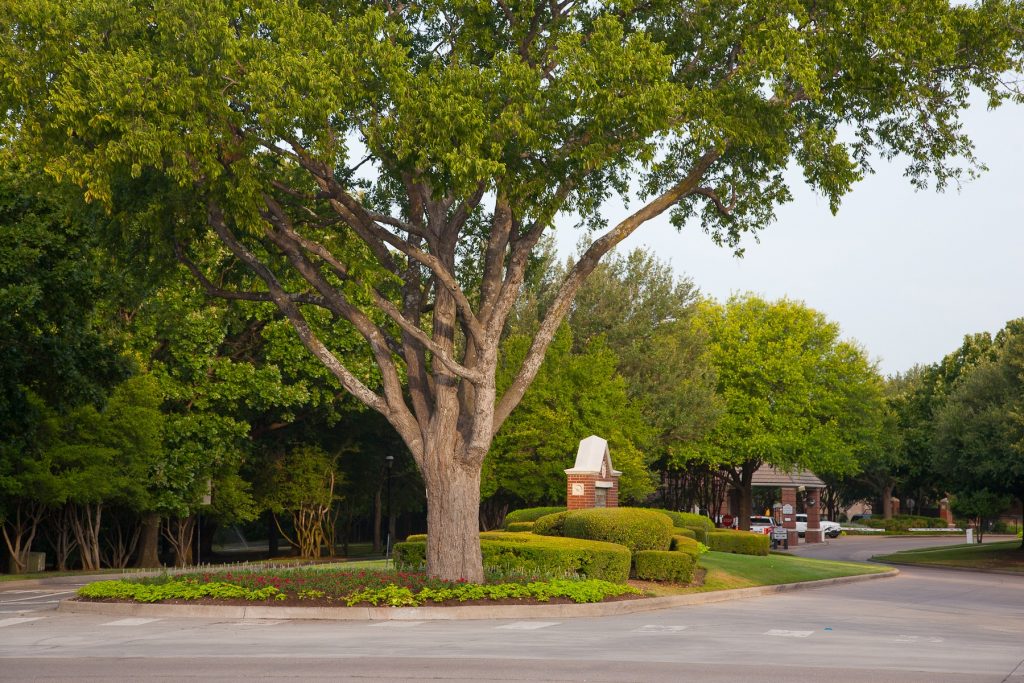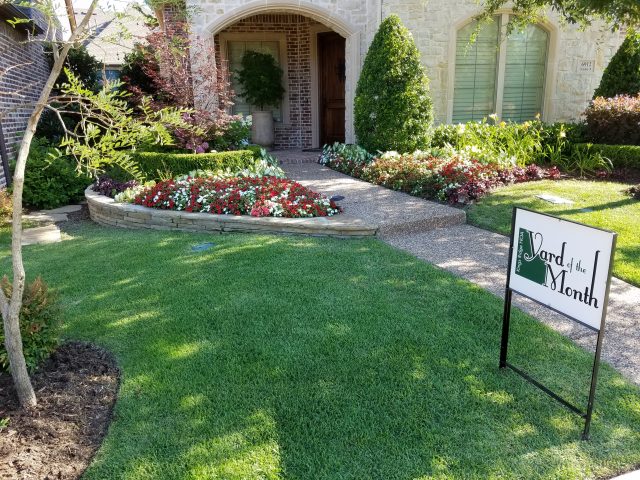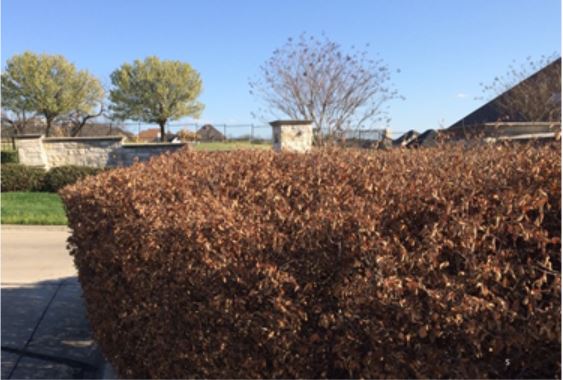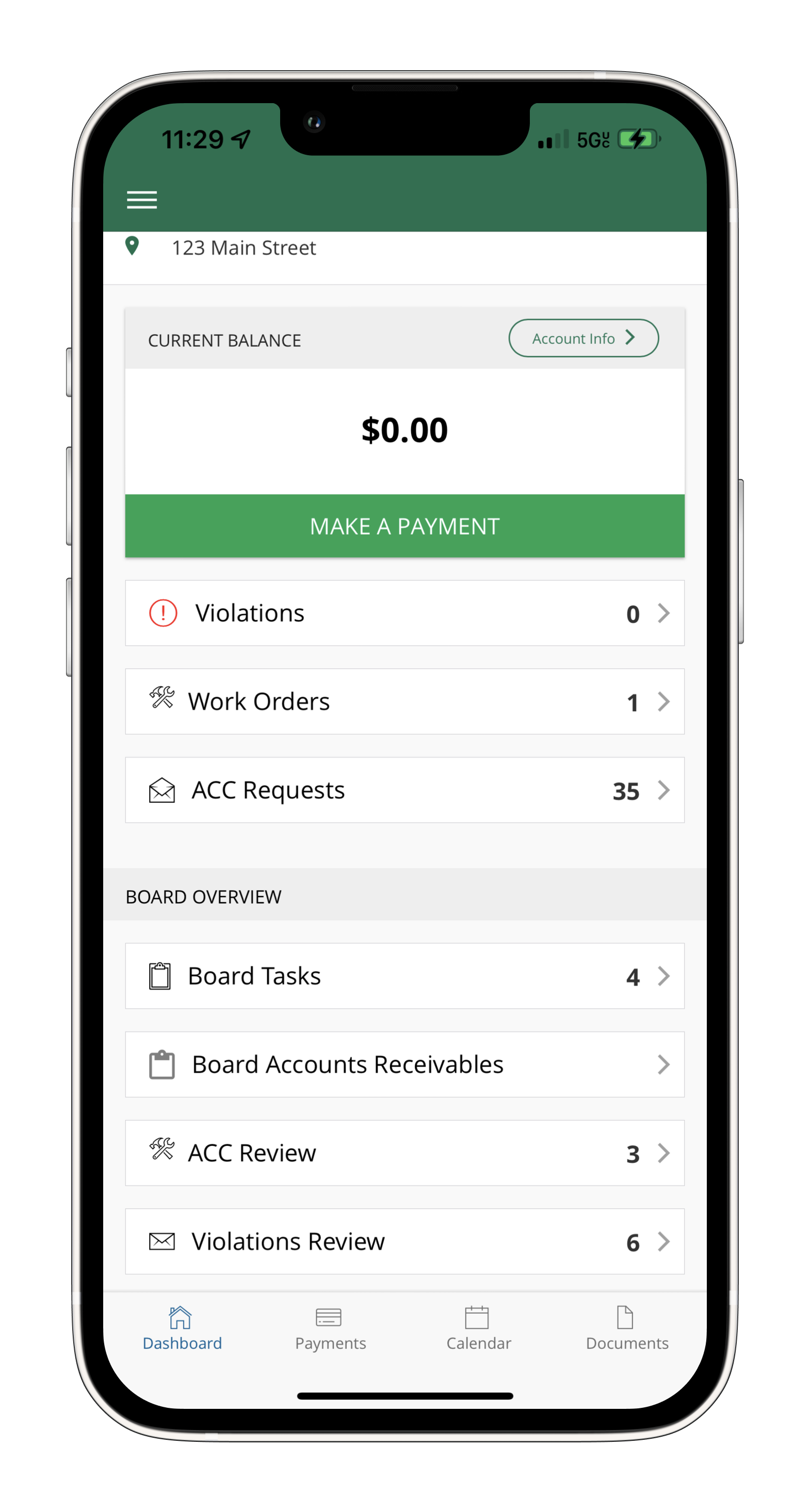
How Can Your Association Avoid Being Sued?
March 3, 2020
Considering Landscape Improvements for Your Home? Get Inspired
April 2, 2020“It’s best to start preparing before Spring fully arrives because it can greatly reduce the amount of lawn care, tree care, and landscaping issues that can accumulate over the course of the upcoming year.”
It’s almost spring! With the weather in Texas beginning to warm up, it is important to start planning on some various landscape maintenance to get your yard ready for the spring & summer.
Starting early is crucial if you want to have the best-looking yard in your neighborhood. A well-maintained yard makes for a restful retreat for your family and an inviting space for guests.
It’s best to start preparing before Spring fully arrives because it can greatly reduce the amount of lawn care, tree care, and landscaping issues that can accumulate over the course of the upcoming year. Let’s get ahead of the game! Here are some spring landscaping tips that you can incorporate into your project from our professional landscaping experts.
Landscape Inspection & Planning
Start off the season by inspecting your yard thoroughly. Pay extra attention to broken or damaged branches. If your large trees need pruning, it’s best to have them removed by a professional.
Pruning your trees before or during spring helps keep your trees healthy. It also makes them more attractive, which gives you bonus points for curb appeal.
Lawn & Yard Clean Up
After months of hardened &/or frozen soil, your yard needs a thorough cleanup… and some fresh air! Remove all the debris that has fallen during the winter. Rake the leaves and branches that have blown in over the course of the cold season.
Your lawn may be showing signs of decline, especially if it is subjected to a lot of foot traffic. Check for soil compaction, as it can lead to concerns with plant growth, soil drainage, and aeration.
Soil compaction can be remedied through lawn aeration. We usually recommend that you postpone this task until fall, however, if you become aware of compaction during your spring lawn checkup, at least you can set aside some time in the fall to take care of it.
Test Your Soil
Your plants need a lot of nutrients in order to thrive. When the soil doesn’t have sufficient nutrients, otherwise healthy plants become vulnerable to insect damage and disease, have stunted growth, weak flower production, or manifest leaf discoloration.
Your local landscaping company can do a thorough soil testing and analysis for you. A soil test will help you bypass all the confusion and guesswork, give you clues about concerns that you need to address and provide a basis for a good fertilization program.
Review the Potential Pests in your Area
The warm weather is not only favorable for us, pests love it too! There is nothing more disappointing than creating a beautiful landscape only to have pests destroy it. We have noticed that aphids, spider mites, mealybugs, and whiteflies are on the rise in North Texas landscapes.
Remember that healthy plants heal faster. Plant the right plants, and plant them in the right place. Fertilizing and watering on schedule will also give you a healthy landscape that can better resist diseases and pests.
Mulching
Once your outdoor area is thoroughly cleaned, it’s time to mulch. Mulching not only prevents the soil from drying out, it also helps lock in moisture and gives your plants a nutrient-rich environment.
Be sure to remove the old much before applying a new one. It’s also a great idea to wait until your new plants have sprouted up so you don’t cover them, and to encourage their growth.

Fertilizing
Remember, the health and beauty of your plants and turf are direct results of your soil’s health.
Before fertilizing, it’s best to determine your soil’s nutrient needs. If your soil conditions require you to fertilize, we recommend using a controlled-release or a slow-release fertilizer. This will ensure maximum nutrient absorption. In certain cases, organic materials may be used.
How about long-established trees? You might think that those huge trees in your yard are beyond the need for fertilization, but such is not the case. We recommend two deep root fertilization per year.
Thanks to Southern Botanical for these tips for spring landscape maintenance!
If you found this article helpful, you may also find other topics relevant to your HOA on this blog at Community. Well-Served.







